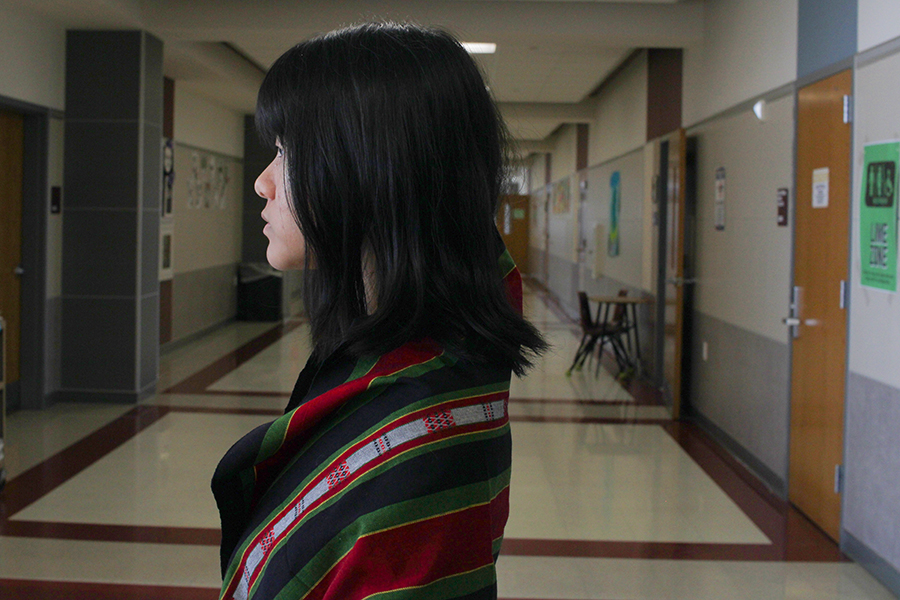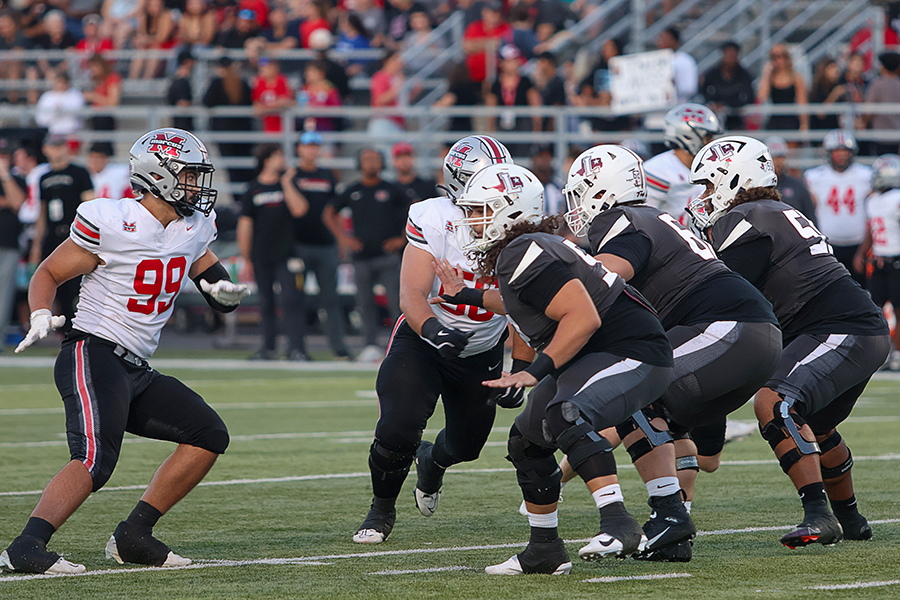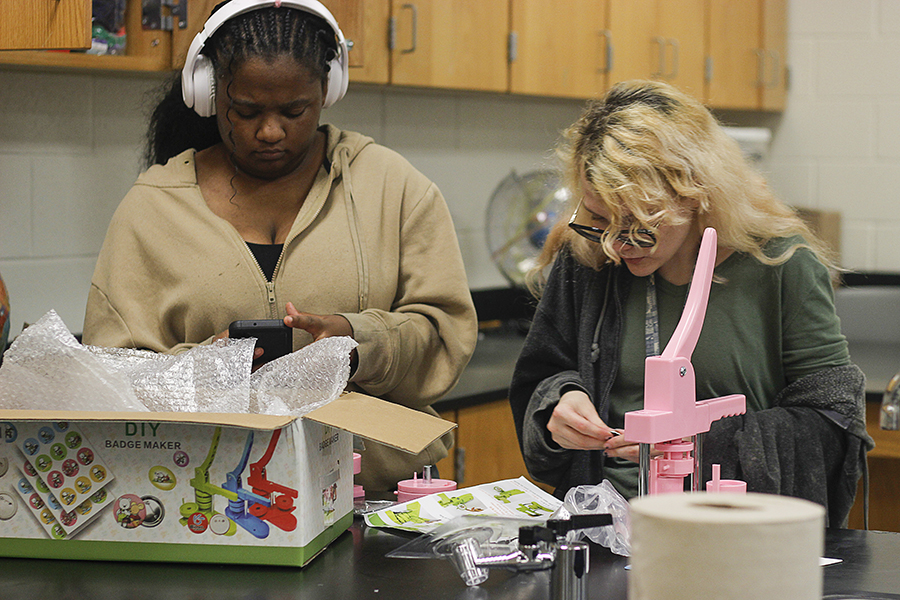As the bell rings signaling lunch, a herd of hungry students rush toward the cafeteria. It’s the site where irritability and stomach growls are solved with long lines and a wide array of choices. Every day the lunch line is stocked full with food all-stars: pizza, mac and cheese, pudding, lasagna, chocolate milk and simple sandwiches with American cheese.
These items are always chosen by students and their aromas fill the noses of the student body as they pass through the lines. But what this seemingly large selection fails to provide are options for those who have dietary restrictions.
If a student is lactose intolerant in today’s lunch lines, they are stuck with a Cobb salad or a chicken sandwich. After a while, these options become bland and unentertaining.
But these students are largely misrepresented.
Every option has already been screened for peanut allergies. This alone shows the disproportionate representation in the lunch line. According to the Peanut Institute only .6-1 percent of the population has a peanut allergy, whereas 65 percent of the population is affected by lactose intolerance according to the U.S. National Library of Medicine.
This percentage proves that a large majority of people suffer from some form of lactose intolerance. Whether it be a low-level form that causes upset stomachs or an extreme case that results anaphylactic shock where breathing becomes difficult, the inefficiency is prevalent.
Just as peanut and latex allergies have been taken into account and adjusted for, lactose intolerance calls for the same. A majority of students wish to be able to enjoy the food that is prepared for them every day.
In addition to the lack of options, students are not able to customize their food into being dairy free. For instance, if a student wants nachos and asks for the heavy nacho cheese to be left off, they will be met with the response “No, I can’t modify the dish for you; it must be served together.” It is understandable that the dishes are all preportioned before lunch begins, but this inhibits many students from purchasing the items. So instead, like every other restaurant, each meal should be customized for the customer.
In order to complete this task, schools should implement new choices like dairy-free pizza or soy milk mac and cheese and replace previous options that are laced with an abundance of dairy. In addition to this change, current milk offerings should be accompanied with soy milk options. This precedence begs for reform and support, so schools must take the actions needed to take control of the situation at hand.




















